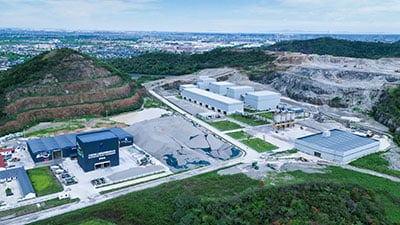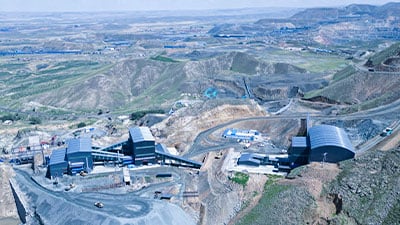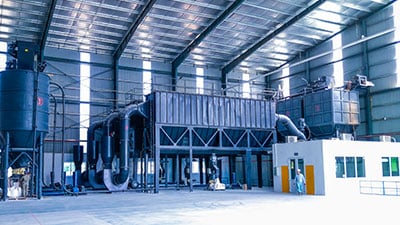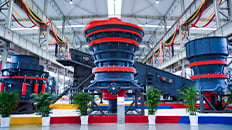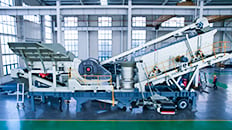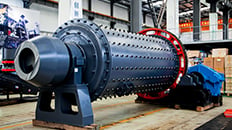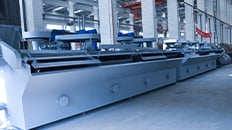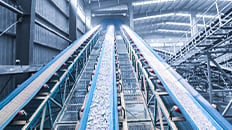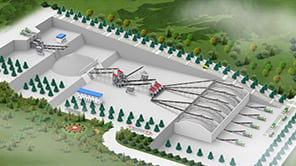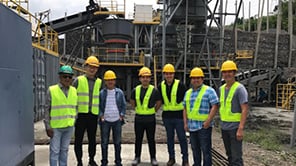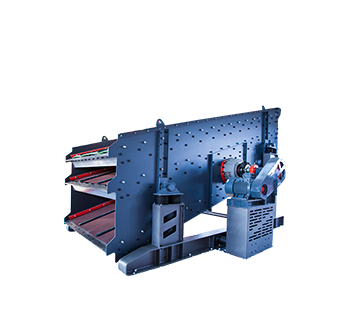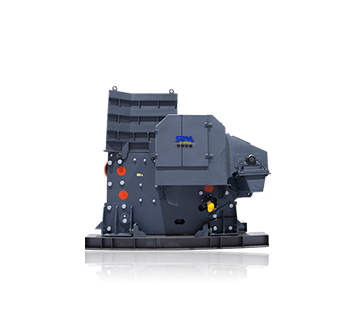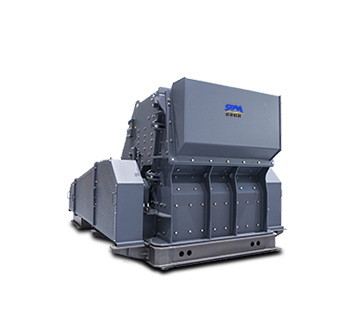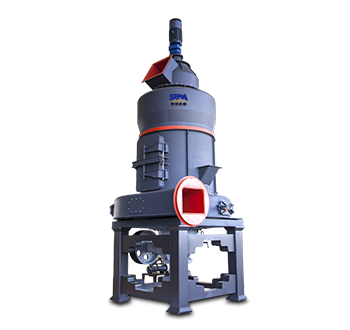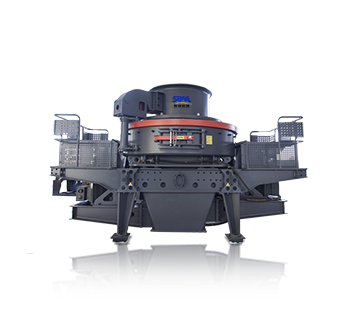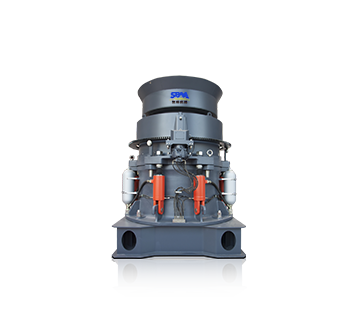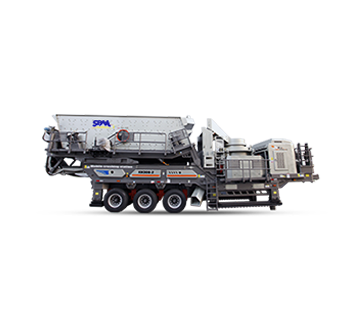Summary:The choice between dry sand making and wet sand making methods can significantly impact product quality, operational efficiency, and environmental considerations
Sand making is a crucial process in the aggregate industry, particularly for construction and infrastructure projects. The choice between dry sand making and wet sand making methods can significantly impact product quality, operational efficiency, and environmental considerations. This article explores the key differences between these two methods, examining their processes, advantages and disadvantages, and applications.

1. Overview of Sand Making
1.1. Importance of Sand in Construction
Sand is a primary material used in various construction applications, including concrete production, asphalt mixtures, and as a base material for roads and other structures. The quality of sand directly affects the durability and performance of construction materials.
1.2. Sand Making Processes
Sand making can be achieved through two main processes: dry sand making and wet sand making. Each method employs different techniques and equipment to produce sand from raw materials, typically rock or gravel.
2. Dry Sand Making Process
2.1. Dry Sand Making Method
Dry sand making involves the use of crushing, screening, and classification processes to produce sand without the addition of water. The process typically includes the following stages:
- Crushing: Raw materials are crushed using various crushers, such as jaw crusher, impact crusher or sand making machine to reduce them to smaller sizes.
- Screening: The crushed material is screened to separate fine particles from larger ones.
- Classification: The finer particles are further classified using air classifiers or vibratory screens to ensure uniformity in size.
2.2. Advantages of Dry Sand Making
- Reduced Water Usage: As the name suggests, dry sand making does not require water, making it an environmentally friendly option in water-scarce regions.
- Lower Operational Costs: The absence of water treatment and disposal systems can lower operational costs.
- Easy Material Handling: Dry sand is easier to handle, transport, and store compared to wet sand, which can be heavy and clumpy.
- Quality Control: Dry sand can have a more consistent quality and gradation, which is crucial for many construction applications.
2.3. Disadvantages of Dry Sand Making
- Dust Generation: The dry process can produce significant amounts of dust, which may require additional dust control measures to comply with environmental regulations.
- Limited Production Capacity: In some cases, dry sand making may have a lower production capacity compared to wet processes, particularly in high-demand scenarios.

3. Wet Sand Making Process
3.1. Wet Sand Making Method
Wet sand making involves the use of water during the sand production process. The typical stages include:
- Crushing: Similar to dry sand making, raw materials are crushed to reduce their size.
- Washing: Water is added to wash the crushed materials, effectively removing impurities such as clay, silt, and dust.
- Screening and Classification: The washed material is then screened and classified to produce clean, high-quality sand.
3.2. Advantages of Wet Sand Making
- Effective Cleaning: The use of water helps to remove impurities, ensuring that the final product has a higher purity level, which is critical for concrete production.
- Dust Control: Water effectively suppresses dust during the sand making process, contributing to a cleaner working environment and compliance with air quality regulations.
- Higher Production Capacity: Wet processes can often handle larger volumes of material, making them suitable for high-demand situations.
3.3. Disadvantages of Wet Sand Making
- Increased Water Usage: The wet process requires a significant amount of water, which may not be feasible in areas facing water scarcity.
- Higher Operational Costs: Additional equipment for water treatment, recycling, and disposal can lead to increased operational costs.
- Material Handling Challenges: Wet sand is heavier and can be more challenging to handle and transport compared to dry sand.
4. Applications and Suitability
4.1. Applications of Dry Sand Making
Dry sand making is typically used in applications where water is scarce or where the quality of sand does not require extensive washing. Common applications include:
- Production of concrete aggregates in arid regions.
- Manufacturing of sand for use in asphalt mixtures.
- Sand used in landscaping and recreational areas.
4.2. Applications of Wet Sand Making
Wet sand making is preferred in applications that require high-quality sand with minimal impurities. Common applications include:
- Production of concrete for high-strength structures.
- Manufacturing of sand used in specialty construction applications, such as precast concrete and masonry.
- Sand used for filtration and drainage systems.
Both dry and wet sand making processes offer distinct advantages and disadvantages, and the choice between them should be based on specific project requirements, environmental considerations, and available resources.
While dry sand making is suitable for areas with limited water resources and focuses on cost-effectiveness, wet sand making excels in producing high-quality, impurity-free sand. By understanding the differences between these methods, stakeholders in the construction and aggregate industries can make informed decisions that optimize both production efficiency and product quality.

